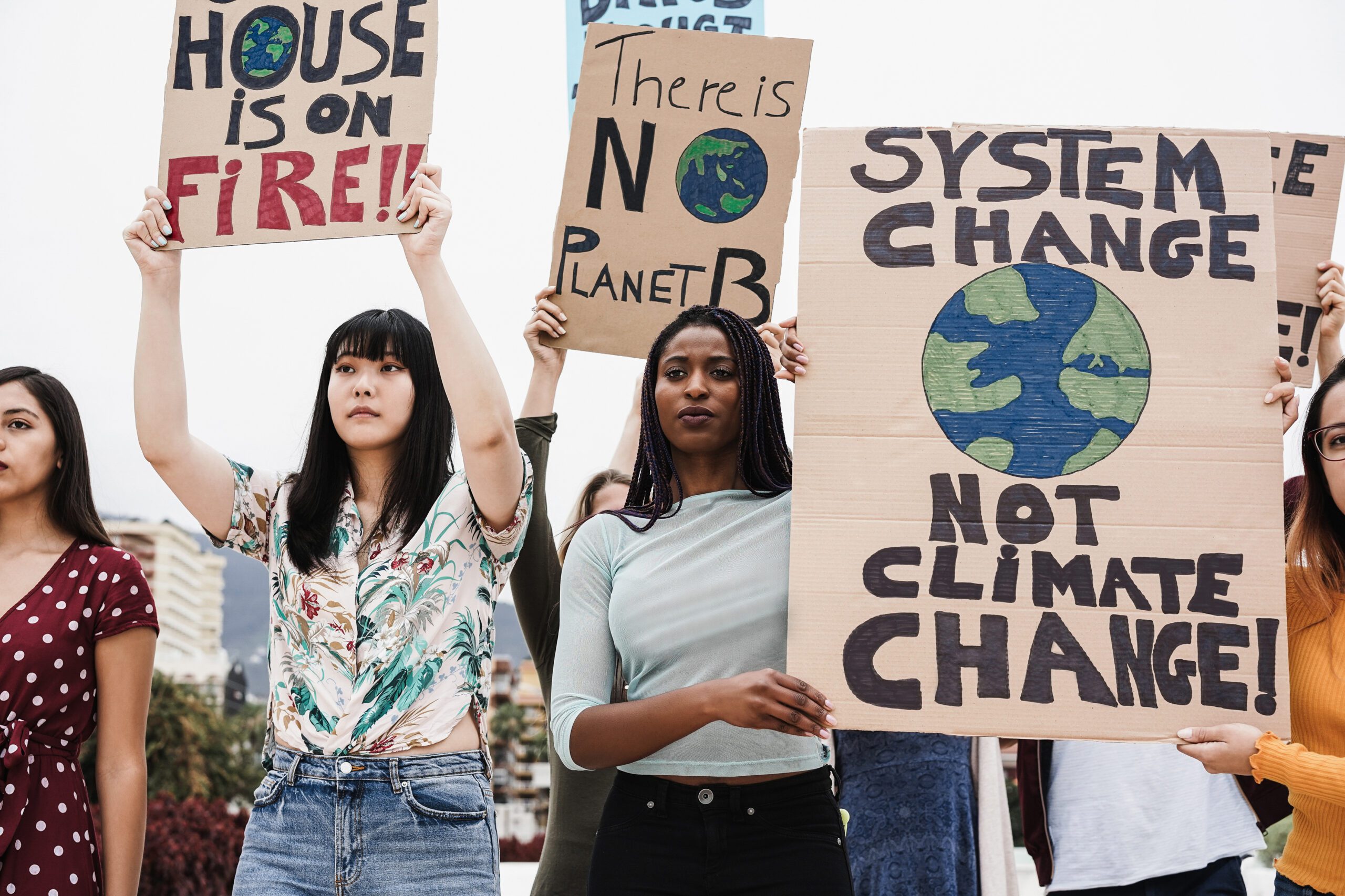
Author: Simona Scarpaleggia
Board Member, EDGE Strategy
The 27th UN Conference of the Parties (COP 27) ended in disappointment, despondent delegates leaving Sharm el-Sheikh having promised much and achieved very little.
I was disappointed too, for it was yet another gathering of the most powerful nations in the world that failed to recognize that a global climate crisis will not be solved unless and until we fight inequality, and in particular gender inequality. Put another way, our planet, and the future of humankind, cannot be sustainable until we reach full gender equity.
So why is this the case? And what is the link between ‘sustainability’ and gender equity? Even before a tranche of COP participants committed to UN Sustainable Development Goals (SDGs) in 2015, UN Women had published multiple reports that proved that women are disproportionately affected by most, if not all, of the problems addressed by the SDGs.
When it comes to the climate crisis, in particular, it is women and children who physically suffer the most as a result of drought, floods, famine, and climate-related forced migration.
When it comes to the climate crisis, in particular, it is women and children who physically suffer the most as a result of drought, floods, famine, and climate-related forced migration. Their position is weakened; their vulnerability increases, and they are often subjected to terrible acts of violence in the stampede for survival.
The effects of the climate crisis are not gender neutral. In fact, women are also ‘structurally’ used to minimize waste be it water, energy, or food and to protect nature.
Moreover, most of the efforts and focus are on reducing the carbon footprint while ignoring other factors that impact the lives of people, and particularly women.
Take the decisions made in certain developing countries regarding the use of stoves in rural areas. Traditionally, women cook over wood. Indeed, as many as three billion people worldwide use wood as their principal source of cooking fuel. But wood, as we know, creates emissions that are potentially harmful to a person’s health. Stoves appeared to be the answer, until it was discovered that the carbon emissions of the stoves were only slightly lower than those generated by wood, and so the project was scrapped. No-one seemed to look at resolving the issue another way. Had they considered more fully the impact on women and children’s health of burning wood, and simply fitted a simple and inexpensive filter to the stoves, they would have both reduced emissions and reduced the potentially detrimental effect on women’s health in one go.
If we want to tackle climate change seriously and realistically, we cannot ignore women, their conditions, and their needs.
If we want to tackle climate change seriously and realistically, we cannot ignore women, their conditions, and their needs. In this climate crisis, women can be formidable agents of change. So what needs to be done?
- Firstly, we need to actively promote women’s representation in climate policy and decision-making. Women should be part of all the decision-making conversations. Their unique perspective, their holistic approach, their sense and sensibility should all be taken into account in devising future sustainability strategies. Representation matters. No decision should be taken about people (of any gender, age, race and ethnicity etc.) without those people having a say and being consulted in the process.
- Secondly, we need to reduce the gender data gap. Data regarding the impact of climate change on population, on health etc. should be dis-aggregated by gender; only by doing this can we truly understand the existing imbalance and the consequences of any decisions taken. (It also makes sense to connect this data and measurements to show how a country, or an organization, is performing in relation to ESG, and their multiple existing intersections.) Data is key. It provides a more objective and reliable picture of the situation, and the results can be monitored, compared, and followed-up over time. It also reflects the importance of having more women and girls engaged in STEM careers.
- Finally, there needs to be cultural change. Men are ‘wired’ to set and respond to targets; women tend to see things differently, and are more holistically protective. Making it more culturally acceptable for men to ‘care’ about the environment, rather than wishing to destroy it, would be a revolutionary step, as would having women as part of the decision-making team. Institutions, organizations and indeed governments have a responsibility to make this happen.
Of course, gender is just one social category. A truly intersectional approach to sustainability must consider not just gender, but also other dimensions of diversity such as age, race and ethnicity, disabilities, and more. Those who are affected by the problem must be part of the solution, or the answers to some of the world’s biggest questions will never be found.





